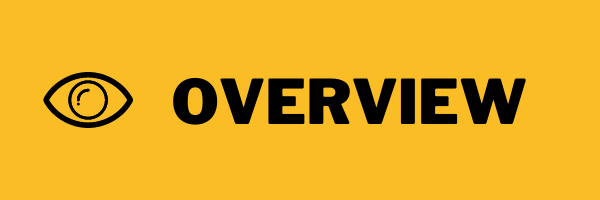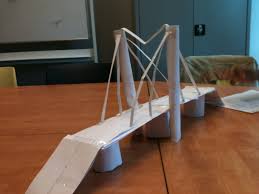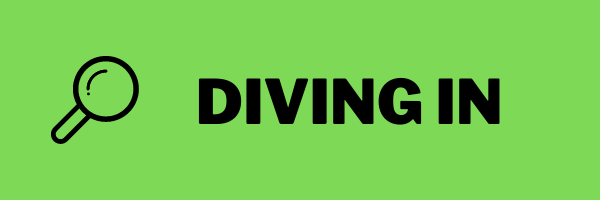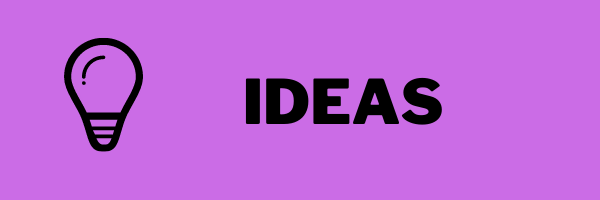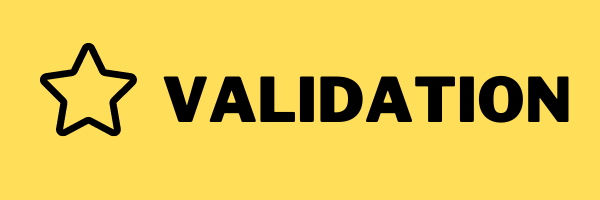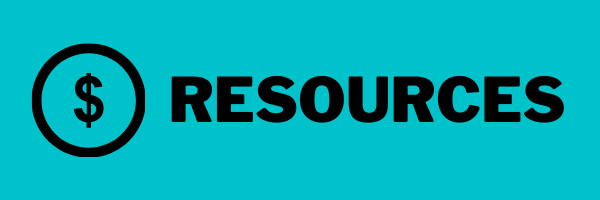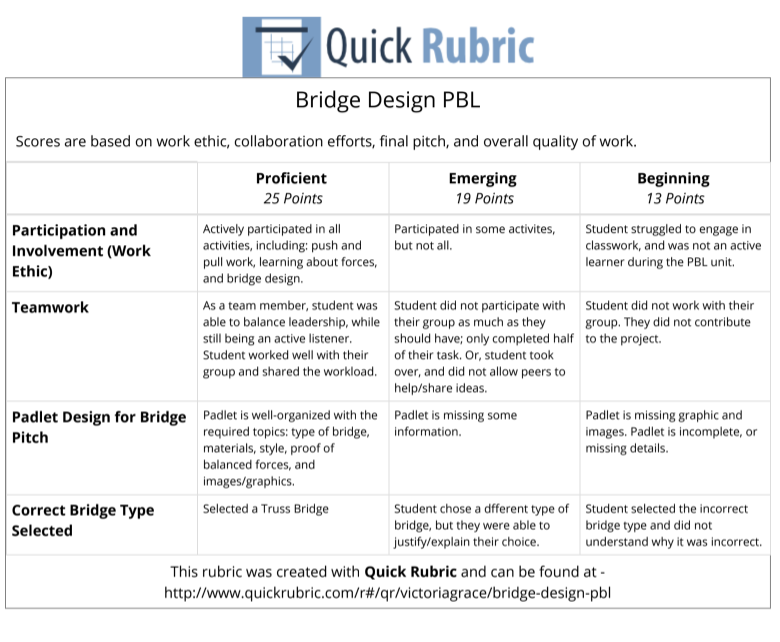Building Bridges
By: Victoria Grace
By: Victoria Grace
Project at a Glance :
This project introduces elementary students to the process of bridge construction and engineering. Students will learn about bridge structure and design, deepening their understanding of forces; all while growing comfortable with the process of problem-solving and evaluation. Elementary Science - 3 to 4 week project
Driving Question:
How can we design a bridge in Michigan that would safely allow people to travel from one neighborhood to another, without taking the highway?
|
Standards:
|
Stakeholders:

|
Incubation:
|
|
Solution Building:
|
Authentic Audience:
|
